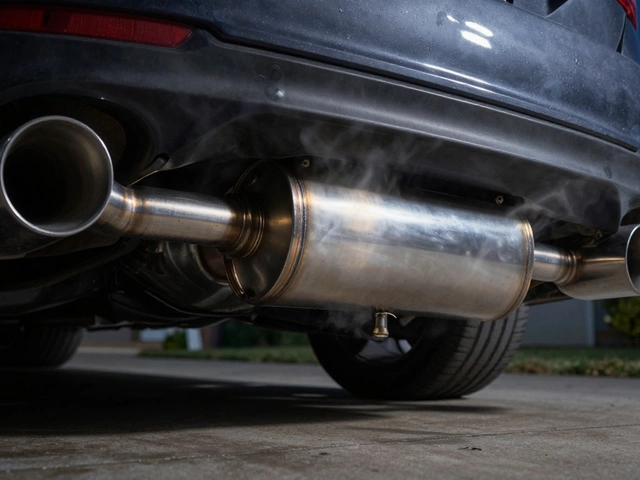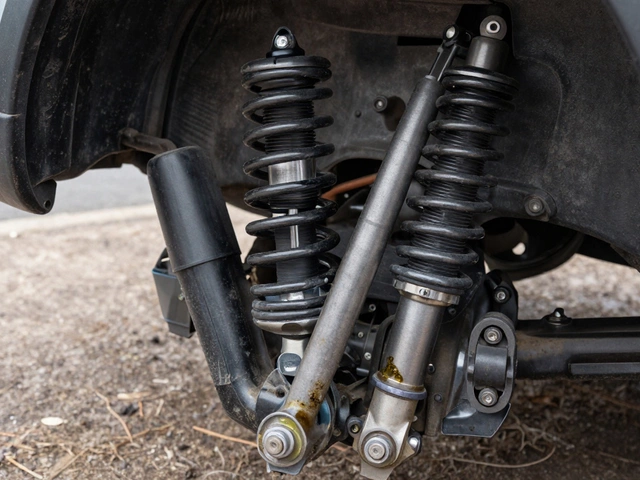Strut Repair: Signs, Costs, and What You Need to Know
When your car feels bouncy, wobbly, or like it’s floating over bumps, it’s not just annoying—it’s a sign your struts, a critical part of your car’s suspension that combines a shock absorber and a spring support. Also known as suspension struts, they help keep your tires on the road, control body movement, and make steering stable. Most people don’t think about struts until something goes wrong. But worn struts don’t just make your ride rough—they hurt braking, increase tire wear, and can even make your car harder to control in emergencies.
Struts are part of the larger suspension system, the network of parts that connects your wheels to the car’s frame and absorbs road shocks. This system includes shock absorbers, springs, control arms, and bushings. A bad strut doesn’t work alone—it puts extra stress on other parts. That’s why a failing strut often shows up as uneven tire wear, nose-diving when braking, or a clunking noise over bumps. If you’ve noticed any of these, you’re not imagining things. A 2023 study by the Auto Care Association found that 68% of drivers with worn struts also had premature tire wear, and nearly half reported longer stopping distances. Replacing struts isn’t just about comfort. It’s about safety. Your car’s ability to stop quickly, corner safely, and stay stable in wet or windy conditions all depends on healthy struts.
Strut repair usually means full replacement—not just fixing the shock part. Most manufacturers design struts as a single unit, so mechanics replace the whole assembly. You’ll see prices range from £150 to £400 per strut, depending on your car model and whether you go with OEM or aftermarket parts. Labor adds another £80 to £150 per axle. It’s not cheap, but skipping it costs more in the long run. Worn struts can ruin your tires in months, damage your steering components, and even warp your brake rotors from uneven pressure. And if you’ve ever driven with bad shocks, you know how it feels: like your car is bouncing off the road instead of staying on it.
You don’t need to be a mechanic to spot trouble. Try the bounce test: push down hard on one corner of your car and let go. If it bounces more than once or twice, your struts are likely worn. Listen for knocking sounds over speed bumps. Check for oil leaks around the strut shaft—any wetness means the seal is gone. And don’t wait for your tires to wear out unevenly before acting. By then, you’re already risking safety.
What you’ll find below are real guides from drivers who’ve dealt with the same issues. From how to tell if your shocks are failing to what happens when suspension problems affect your brakes, these posts cut through the noise. You’ll see what repairs actually cost, how to spot early signs, and why ignoring a bad strut is one of the most expensive mistakes you can make. No fluff. Just what you need to know before you head to the garage.





